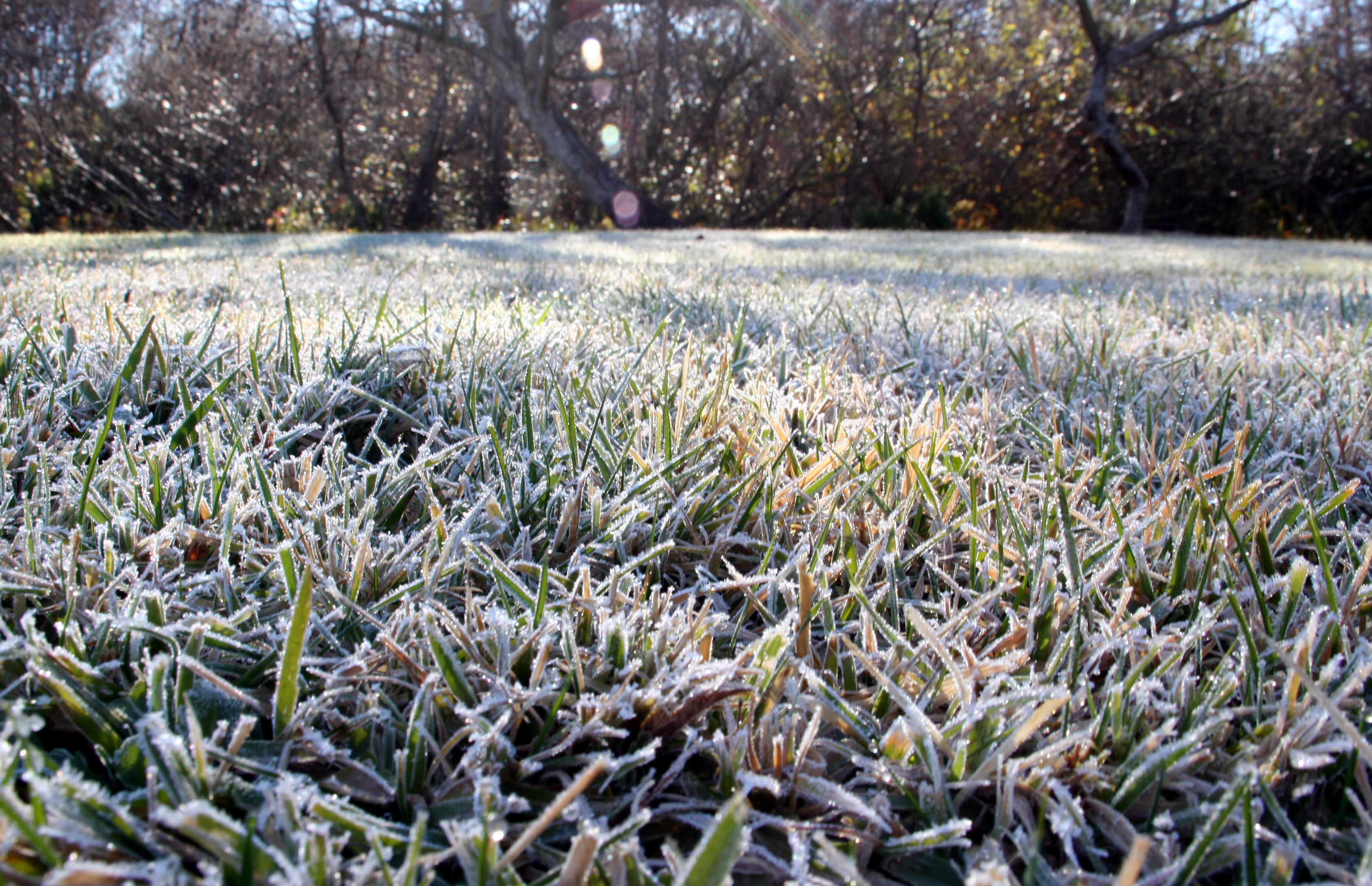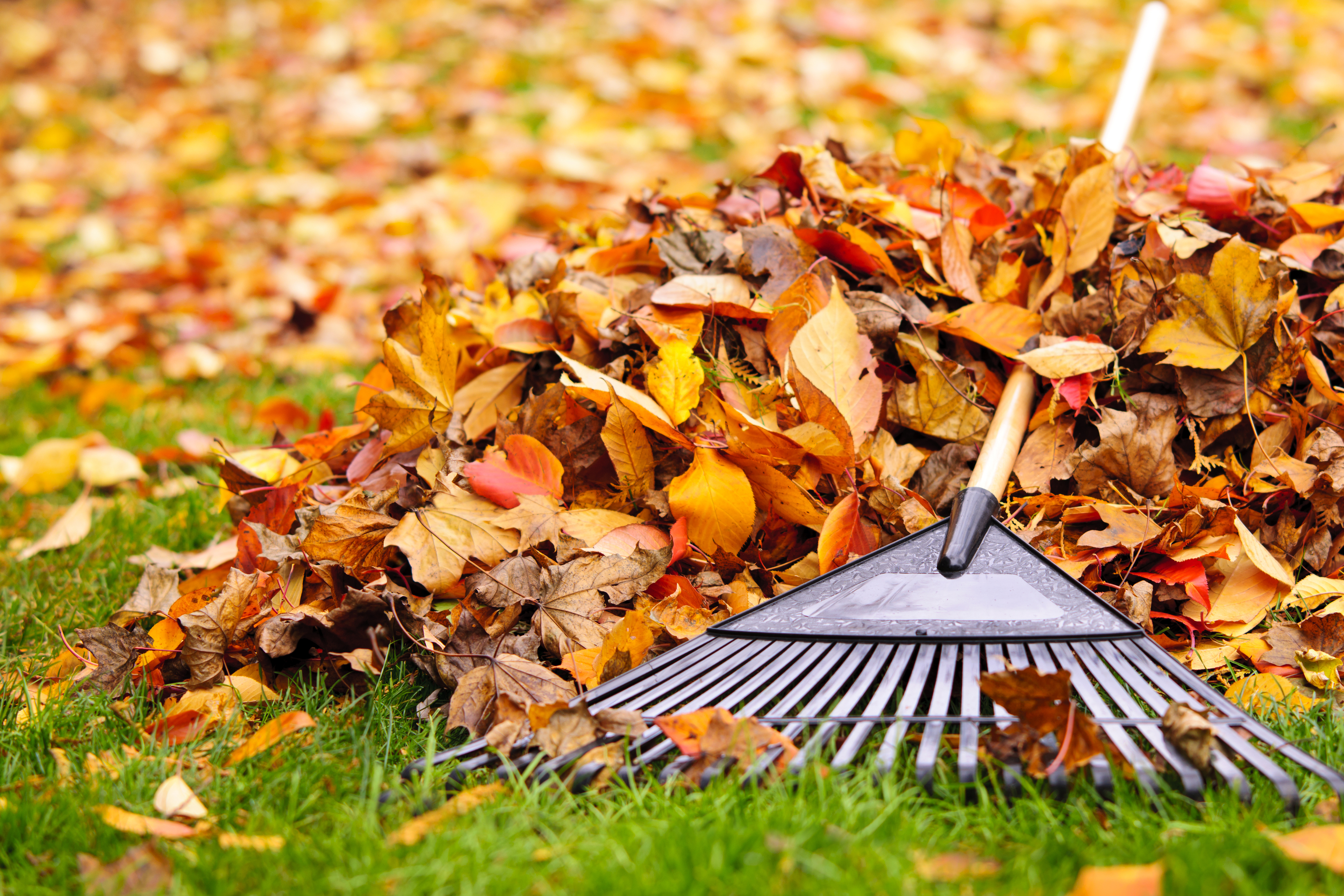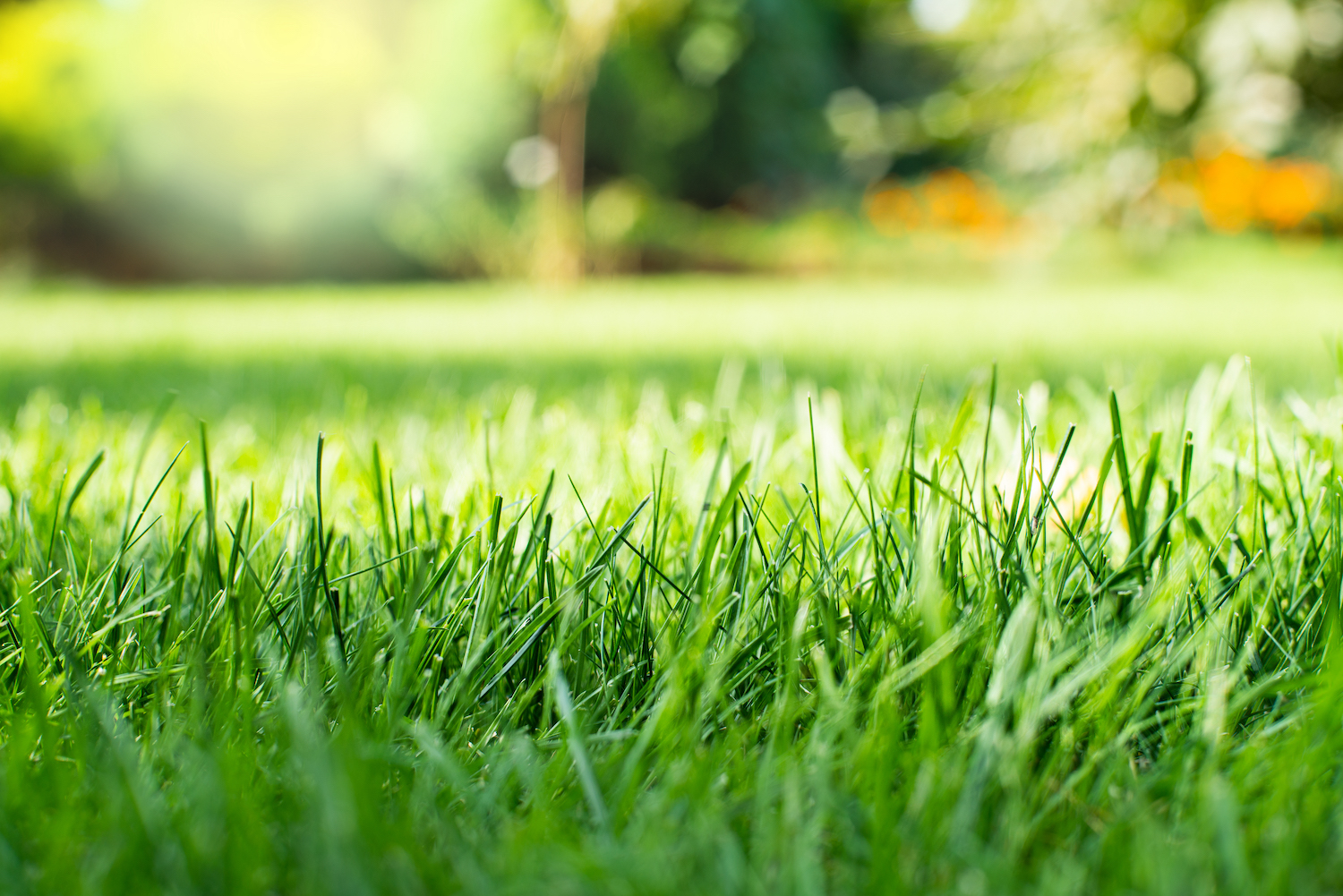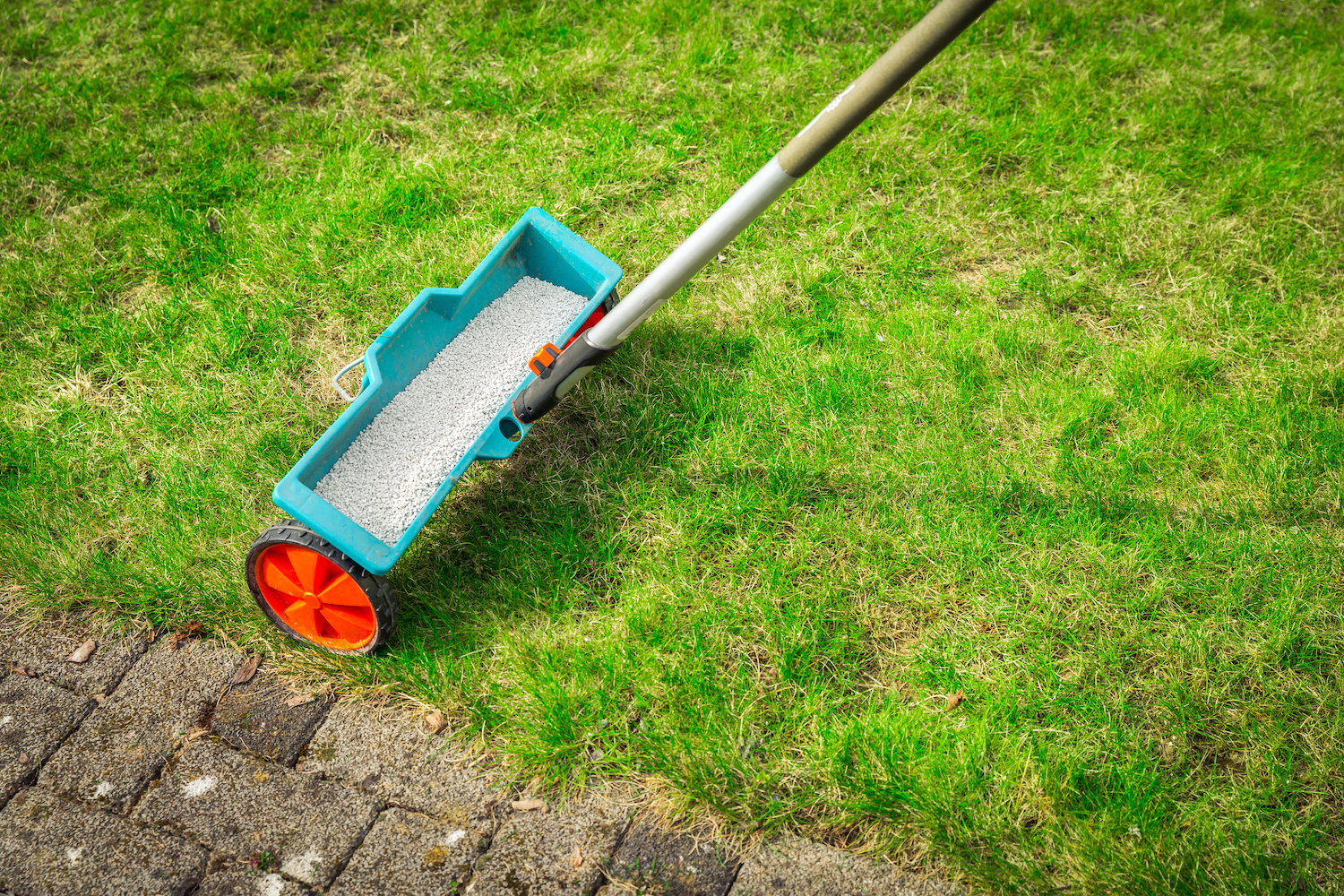
With spring just around the corner (kind of) we're looking forward to spending some more time in the yard and soaking in our outdoor space. However, the backyard doesn't prepare itself, which means there are some key tasks to carry out now if you want your lawn to look beautiful by spring.
The lawn is the center of most modern gardens, meaning it needs to look tip-top for when we venture into the backyard again. Once the sun reappears, we want to be straight outside enjoying the weather and hosting friends and family, and getting ahead of all our gardening tasks now will guarantee your lawn has everything it needs to shine throughout spring and summer.
Here we spoke to some lawn experts on the do's and don'ts of February lawn care to help you cut through the noise and keep you busy in the yard this weekend.
1. Assess winter damage

All the best gardeners are responsive to their garden's needs, so one of the most important tasks to do in February is to assess the winter damage. Every backyard will have experienced different conditions, so no one rule fits all, says Gene Caballero, lawn expert and co-founder of GreenPal. 'Firstly, it's important to assess your lawn for any winter damage which will help you plan necessary repairs for the spring,' he says.
Looking for bald spots, waterlogging, and other signs of an unhealthy lawn that might have occurred during the cold weather will mean you can plan accordingly.
2. Remove debris

To kickstart the lawncare season start off by engaging in some light maintenance. 'When it comes to lawn care in February, the approach varies based on your climate, but there are general guidelines you should follow,' says Gene. Start by raking leaves and removing debris that could cause diseases to spread. This is part of the winter lawn maintenance routine that should be continued until it starts to feel like spring has sprung.
3. Weed control

Nobody wants a lawn littered with unsightly weeds, so treat February as your opportunity to employ some pre-emergent application. 'Get this done in February, no later than mid-month,' says lawn expert Bryan Clayton.
You might not think it, but it's gradually getting warmer, meaning soon it will be warm enough for weeds. Knowing how to get rid of weeds on a lawn is important, and acting quickly is vital. 'As soon as temperatures hit 50°F, those pesky weed seeds, like crabgrass, start waking up,' Bryan explains. 'Hit them with pre-emergent before they even think about germinating.'
4. Aeration

After a few months of stagnation, it can be a good idea to aerate the lawn. Sustainable gardener Alexander Testel from Frugal Frontier highlights the benefits of aeration for your lawn. 'This helps improve drainage and oxygen circulation, vital for healthy grass,' he says.
Wondering how to aerate a lawn? There are specialist aeration tools you can buy, but otherwise, it can be as simple as just using a garden fork (like this one from Walmart) for the task.
What to avoid

Knowing which tasks to carry out this month is only half of the work when it comes to perfecting your lawn - you'll also need to know about the common gardening mistakes to avoid if you really want your grass to flourish.
1. Fertilizing too early
It's easy to get over-excited about spring and instantly want to spread fertilizer far and wide across your backyard, but this would be a mistake. Fertilizer requires very specific conditions to be able to work effectively and, for most of us, February doesn't offer them. 'Avoid fertilizing too early, as cold temperatures in many regions mean the grass won't benefit from it,' says Gene. Hold off on this task for now and focus on setting out a fertilizing plan for once it is warmer.
2. Avoid heavy maintenance
Gene also recommends any maintenance that's too heavy. 'Refrain from working on your lawn if the soil is excessively wet, as this can lead to soil compaction and damage to grassroots,' he explains. Alexander agrees, adding these larger undertakings should take place later in the season. 'Tasks like scarifying and top dressing should be reserved for spring or fall to prevent stressing the lawn in winter,' he says.







